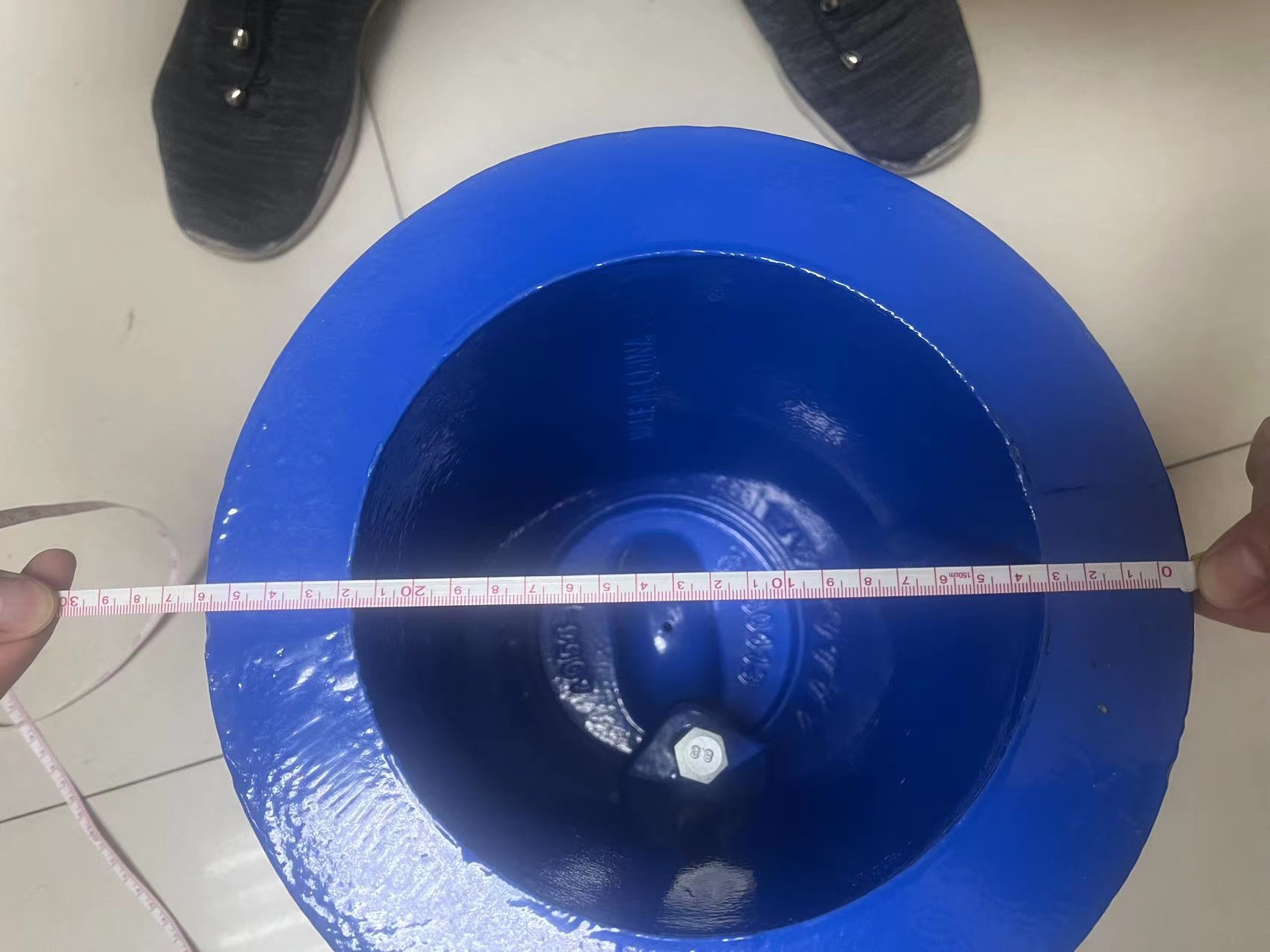Understanding the Functionality and Applications of Butterfly Flange Valves in Various Industries
Understanding Butterfly Flange Valves A Comprehensive Guide
Butterfly flange valves are crucial components in various industries, particularly in the realms of water supply, wastewater treatment, oil and gas, and chemical processing. These valves serve the primary function of controlling the flow of fluids, and are favored for their lightweight construction, compact design, and reliable performance. This article aims to delve into the features, advantages, applications, and maintenance of butterfly flange valves, providing readers with a comprehensive understanding of this essential valve type.
What is a Butterfly Flange Valve?
A butterfly flange valve is a quarter-turn rotational valve that uses a circular disc to regulate fluid flow. The disc is mounted on a shaft and positioned in the center of the pipe. When the valve is closed, the disc is perpendicular to the flow, blocking the passage. When turned 90 degrees, the disc opens up to allow fluid to flow through. The term flange refers to the mechanism used to connect the valve to the piping system, usually via flanged ends which allow for easy installation and removal.
Key Features
1. Lightweight and Compact Design Compared to other types of valves like gate or globe valves, butterfly valves are lighter and more compact, allowing for easier installation and reduced structural support requirements. 2. Quick Operation The quarter-turn operation facilitates rapid opening and closing, making them ideal for applications that demand swift regulation of flow.
3. Versatile Materials Butterfly valves can be constructed from various materials, including cast iron, stainless steel, PVC, and more, allowing for usage in different environments and with various fluids.
4. Low Pressure Drop The design of butterfly valves results in a minimal pressure drop across the valve, making them efficient for flow control in pipelines.
Advantages of Butterfly Flange Valves
1. Cost-Effectiveness Due to their simple design, butterfly valves tend to be more economical than other valve types, both in terms of purchase price and installation costs. 2. Space Efficiency Their compact design allows for space-saving installation, especially in applications where room is limited.
3. High Flow Capacity Butterfly valves can handle large volumes of fluid, making them suitable for applications with high flow rates.
4. Ease of Maintenance The straightforward design ensures that maintenance is relatively simple and does not require specialized tools, reducing downtime and maintenance costs.
Applications
butterfly flange valve

Butterfly flange valves are widely used across a range of applications due to their versatility
. Key sectors include- Water Treatment They are commonly used in water supply systems to control flow rates during treatment and distribution processes. - Chemical Processing In the chemical industry, butterfly valves manage fluid flows of various chemicals, ensuring controlled and safe processes.
- Oil and Gas Industry These valves are used in pipelines and refineries to regulate the flow of crude oil, natural gas, and other hydrocarbon products.
- HVAC Systems Butterfly valves are used in heating, ventilation, and air conditioning systems for regulating air flow.
Maintenance Tips
To ensure optimal performance and longevity of butterfly flange valves, regular maintenance is essential. Here are some key tips
1. Regular Inspections Periodically check the valve for signs of wear, corrosion, or leaks.
2. Lubrication Maintain proper lubrication of the stem to ensure smooth operation and prevent sticking.
3. Cleaning Clean the valve regularly to prevent buildup of dirt and debris that could affect performance.
4. Testing Conduct functional tests to ensure the valve operates correctly, allowing for prompt repairs if any issues arise.
Conclusion
Butterfly flange valves are an indispensable part of modern fluid control systems across a multitude of industries. Their unique design offers several advantages, including cost-effectiveness, ease of operation, and versatility in application. By understanding the features, benefits, and proper maintenance of butterfly flange valves, engineers and operators can ensure their systems run efficiently and effectively, thereby enhancing overall productivity and safety. Whether in water treatment facilities, chemical plants, or HVAC systems, the butterfly flange valve remains a go-to solution for optimal flow control.
-
Square Sewer Cover Enhances Urban SafetyNewsAug.01,2025
-
Pipe Fitting Requires Precise AlignmentNewsAug.01,2025
-
Manhole Step Is DurableNewsAug.01,2025
-
Manhole Cover Is Found WorldwideNewsAug.01,2025
-
Hole Cover Frame On RoadsNewsAug.01,2025
-
Gully Grate Improves Road SafetyNewsAug.01,2025
-
Man Hole Cover Round Load CapacityNewsJul.31,2025
